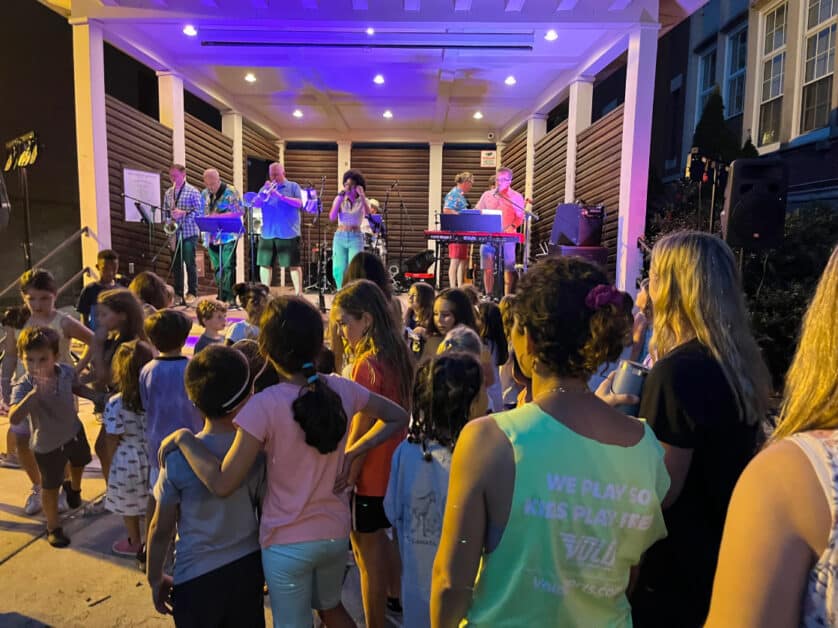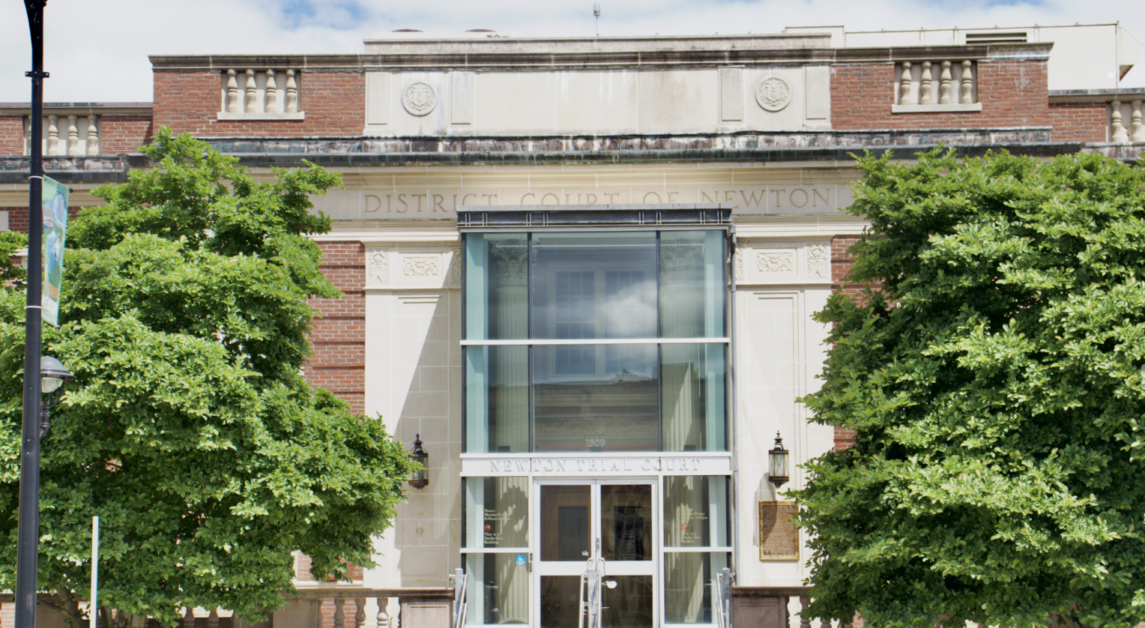More than 18 million Americans devote half of their income to monthly rent. In Massachusetts alone, nearly 247,900 low-income renters spend more than half their income on housing. Boston is no exception, with 19,350 school children in unstable housing during the 2016-17 school year.
When picturing a homeless shelter, one may think of those who suffer from great misfortune, who are unemployed, have been laid off from work, or tragically lost their homes. With limited affordable housing in Boston, an overcrowded city, and struggling education systems, people are coming to the outskirts of the city for asylum. This includes Newton.
Part of this lack of affordable housing in Boston is due to the backlash that developers face from current residents. Molly Carman, a student at Regis College and a volunteer at one of Allston’s local affordable housing units, shared that residents expressing their concerns before the construction of an affordable housing unit is common. In fact, she’s seen these experiences firsthand through her work at multiple affordable housing units near the Regis College neighborhood.
“Oftentimes when fighting for affordable housing, local residents express worries that their new neighbors will have different values than them or change the dynamic of their community,” she said.
In 2013, more than 60 residents gathered at the community library with concerns about the affordable housing development proposal that would transform the old Engine 6 firehouse into an affordable housing unit on Beacon Street.
In order to live in an affordable housing unit in Massachusetts, people must apply and provide information regarding their income and previous employment history, as well as participate in an Criminal Offender Record Information (CORI) background check. Once permission has been granted by the state and town, the future resident must be able to use 30 percent of their income toward rent.
Between the required background check, recommendations, and investigations, it can take months for future residents to even hear back from developers for possible housing opportunities. It is clear through this extensive investigative styled selection process that the fears of drawing in criminals and devaluing the neighborhood can be put to ease.
Newton’s current demographic consists of 80 percent white residents, most of whom are entering or are already in their middle ages. More than 55 percent of people living in Newton range from ages 35 to more than 85 years old. Most households don’t have kids. The demographics of Newton in the future is uncertain and shows limited promise for growth, considering most of the residents are older with no children. An affordable home would not only provide the shelter needed for families searching for homes outside of Boston, but also ensure the growth and trajectory of Newton as a flourishing town.
Opening more affordable units within the outskirts of Boston is the responsibility of both Boston and Newton. Providing affordable housing is the least expensive way to ensure housing for people in America, in comparison to the consequences that can occur if families are left without shelter.
A nine-city study done by the Lewin Group and the U.S. Department of Housing and Urban Development, which includes Boston in its statistics, found in 2004 that $10,000 in public funding covers 10 or more months of permanent affordable housing, but only six months in a shelter. People who cannot afford to pay the average monthly rent in Boston resort to living in shelters or overcrowded apartments that can have unhealthy conditions.
If given a healthy home, people are more likely to contribute to their community in effective ways. People within the community should be able to focus less on where they’re going to sleep for the night and more on living a healthy life. This includes receiving proper amounts of sleep, working full 40-hour work weeks without the distraction of worrying about shelter, and effectively providing consistent homes for children to grow. It’s not just adults that this concept applies to, but children as well.
According to the National Law Center on Homelessness and Poverty, the typical child that has no permanent residency changes schools three or more times per year. This means that, every year, the child must constantly adjust to new curriculums, teachers, and school cultures while trying to foster new connections with friends.
A child’s growth and confidence is established through the skills they acquire in their young age and the deep personal connections that they develop before their adulthood. When constantly uprooting their entire lives, however, it is significantly harder to create a sense of community needed for these developments. It’s time to change the narrative surrounding housing, provide people with the shelter that the government guarantees, and get to know the hard facts about affordable living.
Featured Image by Ally Mozeliak / Heights Editor











